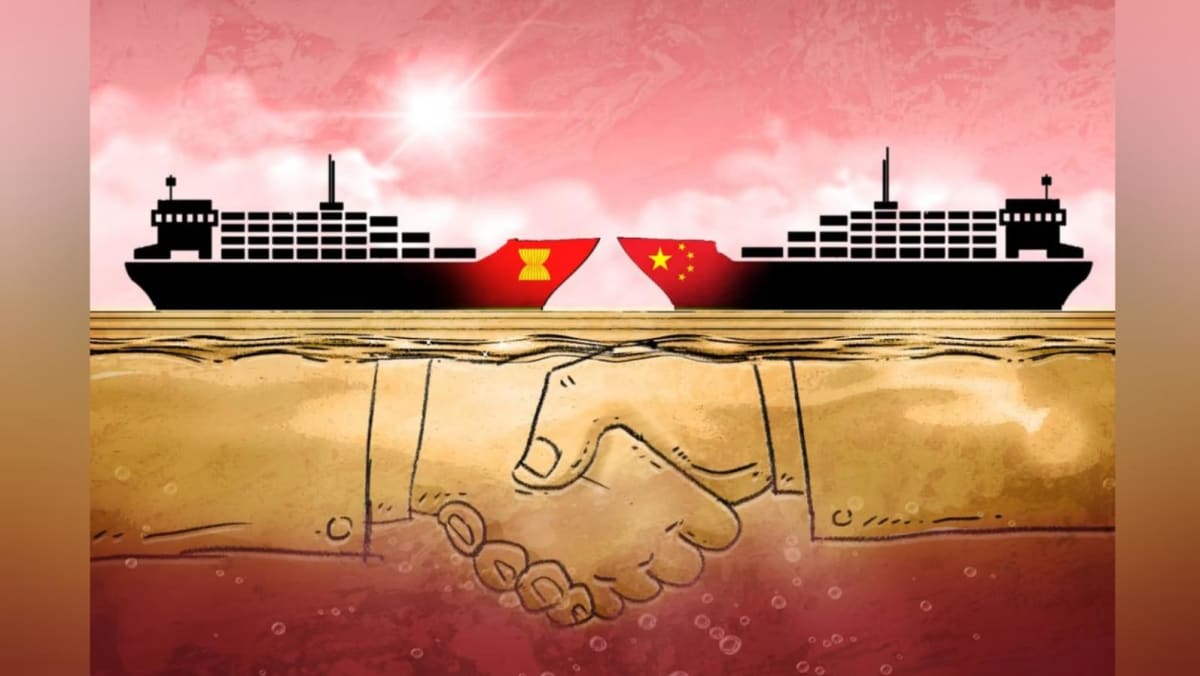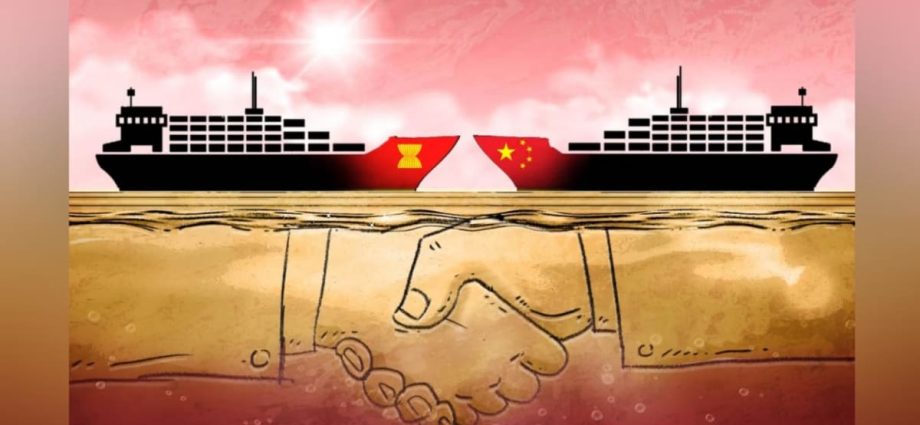
The canal, a signature project in China’s Western land-sea trade corridor to reach the Beibu Gulf – also known as the Gulf of Tonkin – and the South China Sea, is expected to carry 108 million tonnes of cargo by 2035 and 130 million tonnes by 2050, according to the environmental impact assessment report.
It would enable container ships or bulk carriers to sail from the regional capital city of Nanning to Vietnam, Malaysia, Singapore, Indonesia and other Southeast Asian countries in weeks.
It also bears Beijing’s hopes of making the ASEAN bloc, which has a population of 600 million and is already China’s largest trading partner, a key to counter the influence of the United States.
Beijing has deepened bilateral cooperation with an annual dialogue mechanism, its Belt and Road Initiative and the 15-member Regional Comprehensive Economic Partnership, which includes China, the ASEAN bloc, plus South Korea, Japan, Australia and New Zealand.
The US, meanwhile, is attempting to push some Southeast Asian countries away from China through its Indo-Pacific Economic Framework for Prosperity, which the Biden administration launched in May last year.
In his meetings with ASEAN foreign ministers in Jakarta earlier this month, China’s top diplomat Wang Yi called for all-round cooperation to deepen the bilateral strategic partnership and build a closer community with a shared destiny.
The two sides have held three rounds of talks since February to update their existing free-trade agreement, which will increase the flow of people and goods.
Infrastructure connectivity is seen as one of the top priorities, as shown in Beijing’s Belt and Road Initiative and the Beijing-headquartered Asia Infrastructure Investment Bank.
Huang Yonghui, a senior consultant with the Guangxi Development and Reform Commission, said China needs further dense logistics networks to ensure closer bilateral supply chains, as well as economic and trade exchanges.
The Pinglu Canal would improve the bilateral infrastructure connectivity puzzle, enabling Guangxi to have comprehensive links to the neighbouring Southeast Asian markets through road, railway, shipping and flights.
“The international situation is so severe that Chinese enterprises should cooperate more closely with ASEAN,” said Huang.
“The ports have great prospects in the future.”

